Where to Buy Pure Hydroxyapatite Powder and How to Use It to Make Toothpaste
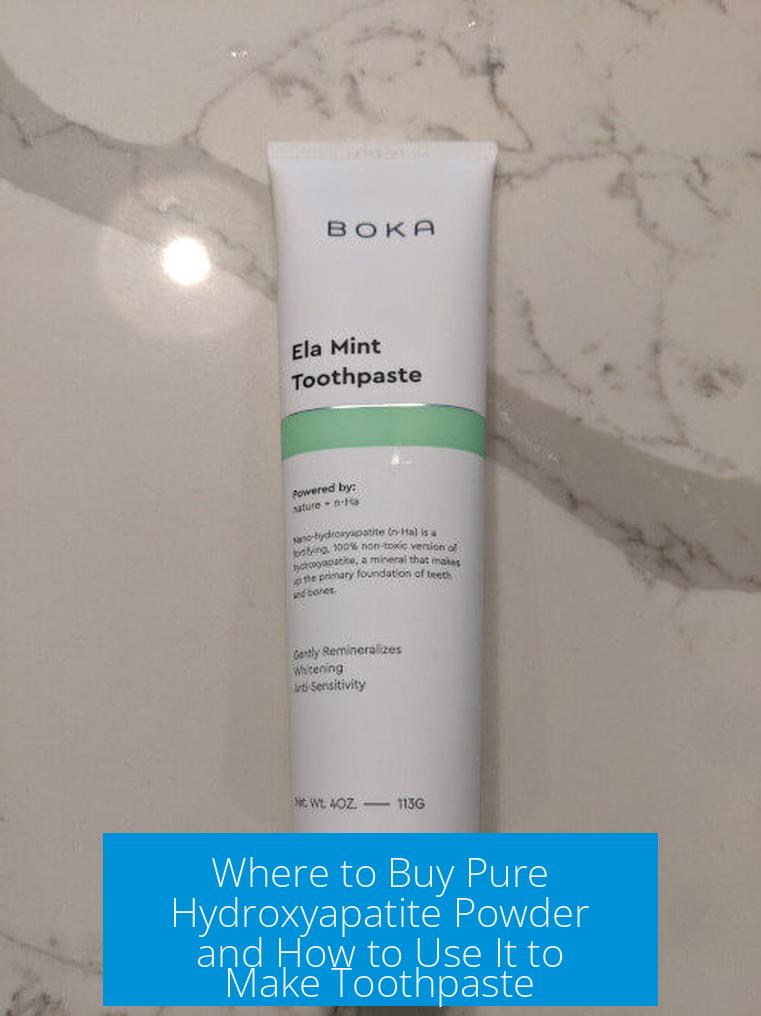
Pure hydroxyapatite powder is available from various suppliers, both online and in specialty markets. To use it in toothpaste, the powder needs to be food-grade, preferably nano-sized, and blended carefully with other safe ingredients. The resulting toothpaste helps with tooth remineralization and plaque control.
1. Sources to Purchase Pure Hydroxyapatite Powder

Hydroxyapatite (HA) powder, particularly for oral care, requires careful sourcing to ensure safety and efficacy. Buyers should verify that the powder is food-grade and suitable for human use.
1.1 Online Specialty Suppliers
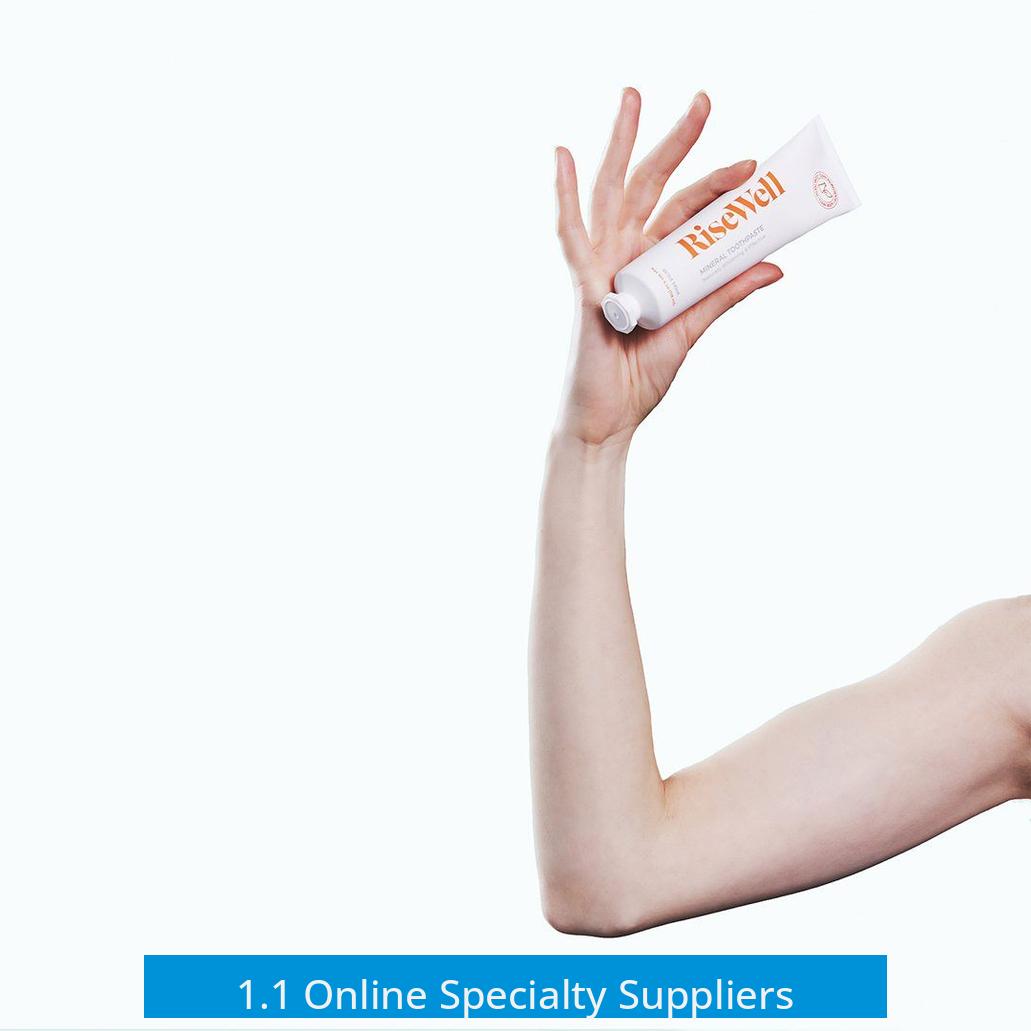
- Fluidinova: This firm offers nano hydroxyapatite specifically formulated for oral care products. Their website provides detailed product information and safety data. Fluidinova Oral Care HA
- Sigma-Aldrich: They supply various grades of hydroxyapatite, but many are for laboratory research and might not be certified for consumption. Verifying suitability is essential. Sigma Hydroxyapatite
- Alibaba: Marketplace vendors sell hydroxyapatite powders in bulk. Buyers should carefully check product grades to confirm human consumption approval. Alibaba Hydroxyapatite
1.2 Marketplaces and Retailers
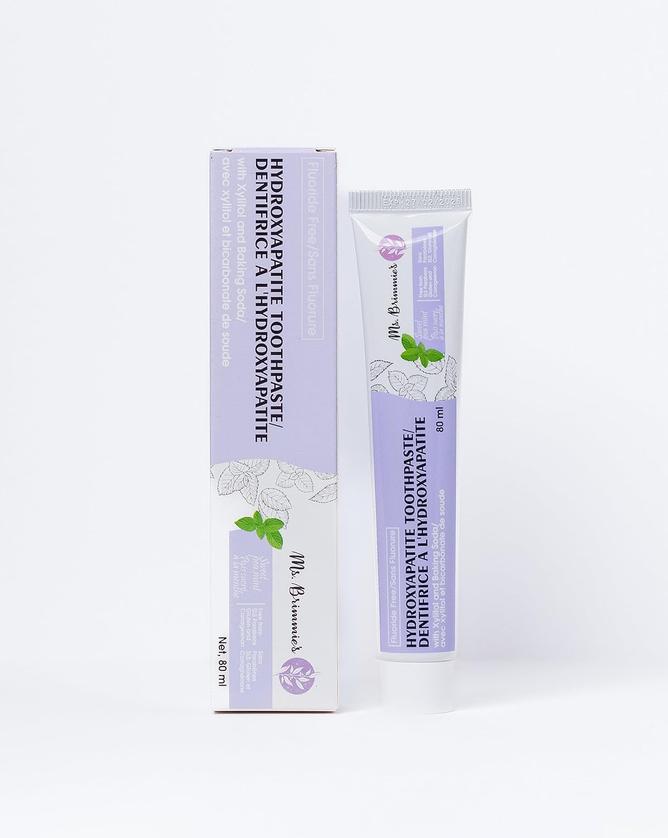
- eBay: Offers hydroxyapatite powder with shipment often costing as much as the product price itself. Typical costs can be around $50 per kilogram powder.
- Douglas Laboratories: Sells microcrystalline hydroxyapatite supplements, which some use as toothpaste additives though these are primarily designed as dietary supplements.
- Orawellness: Offers micro hydroxyapatite products marketed for oral health at potentially competitive prices.
- Natural Suppliers: Brands like Revive Homestead and Living Well With Dr. Michelle provide natural hydroxyapatite powders derived from bone or other natural sources.
1.3 Source Types of Hydroxyapatite
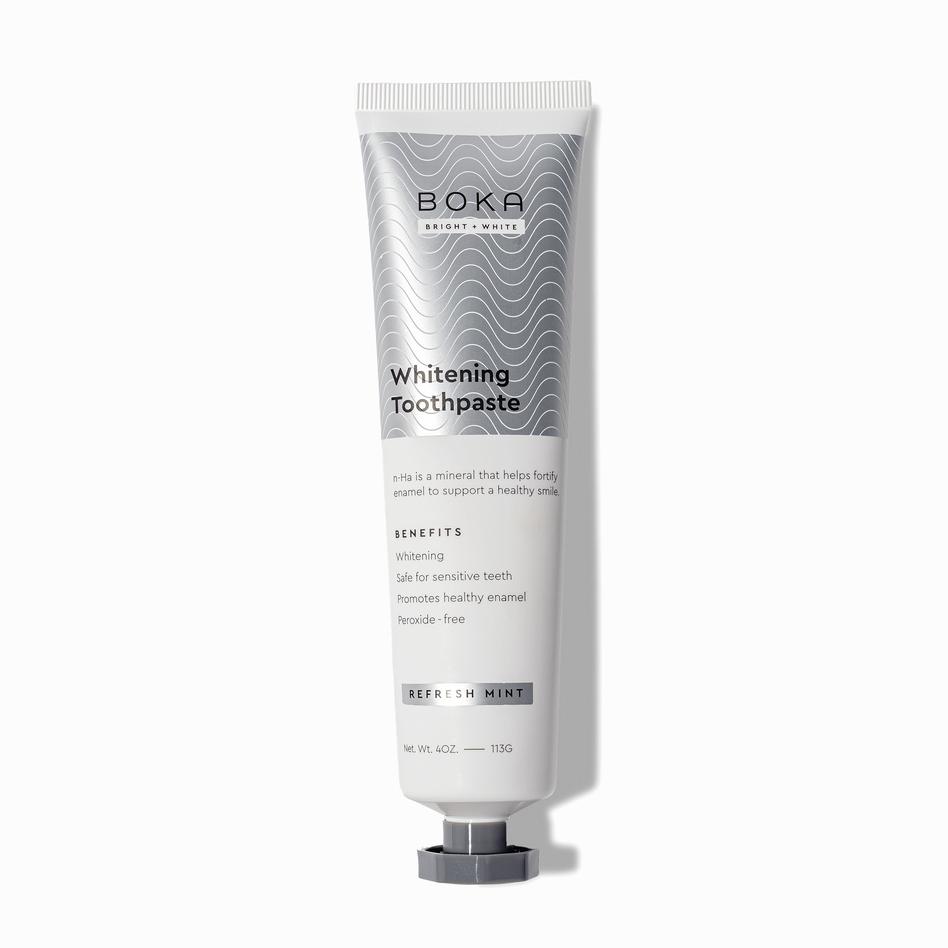
- Bone-Derived Hydroxyapatite: Extracted from cow bones or marrow. These powders contain hydroxyapatite bound with collagen and other components. Ethical and safety standards should be verified when sourcing.
- Lab-Created Hydroxyapatite: Synthesized hydroxyapatite is often preferred for purity and ethical reasons. This form is produced under controlled conditions and tested for quality and safety.
2. How to Use Hydroxyapatite Powder to Make Toothpaste

Using hydroxyapatite powder in toothpaste formulations involves understanding particle size, safety, and the role of each ingredient. Proper preparation maximizes efficacy, especially for tooth remineralization and plaque control.
2.1 Key Considerations Before Making Toothpaste
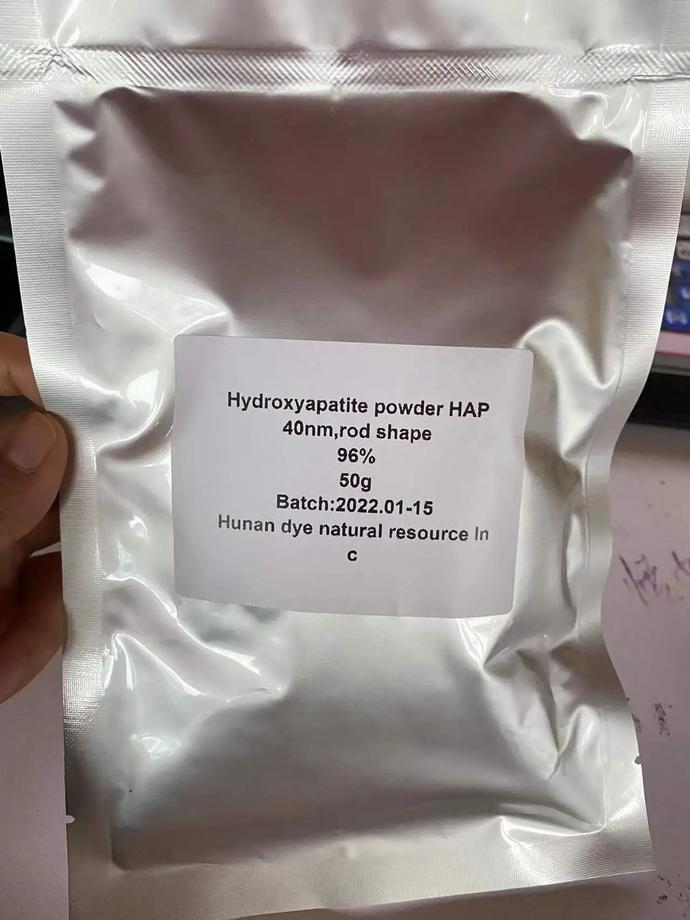
- Chemical Safety: Formulating homemade toothpaste requires basic chemistry knowledge. Improper handling or ingredient imbalance may affect safety or performance.
- Particle Size: Nano-sized hydroxyapatite particles (approximately 5-10 microns) are crucial. These small particles can penetrate enamel defects and promote remineralization. Larger particles are less effective.
- Food Grade: Confirm that the hydroxyapatite powder is food or pharmaceutical grade. Supplements or technical grades may not be suitable for oral use.
- Function: Hydroxyapatite acts as a gentle abrasive, polishing teeth and aiding plaque removal. It can also deposit mineral content to strengthen enamel.
2.2 Basic Toothpaste Ingredients
- Nano hydroxyapatite powder (5-10 microns)
- Baking soda (sodium bicarbonate)
- Bentonite clay (natural thickening agent)
- Celtic salt or other mineral salts
- Xylitol (natural sweetener with dental benefits)
- Coconut oil (optional; avoid overheating to retain benefits)
- Essential oils for flavoring (e.g., clove, lemon, spearmint, peppermint, cinnamon)
2.3 Sample Toothpaste Preparation Method
- Heat coconut oil gently by placing a glass container in warm water. Avoid temperatures that degrade its properties.
- Add bentonite clay and baking soda. Stir until smooth and lump-free. Use non-metal utensils to prevent clay reacting and losing quality.
- Cool the mixture by placing the jar in an ice water bath.
- Once cooled and viscous but still stirrable, add xylitol and Celtic salt. Mix thoroughly.
- Add 3-4 drops of selected essential oils for flavor when the paste reaches desired consistency.
2.4 Alternative: Water-Based Hydroxyapatite Suspensions
Oil-based pastes may not fully dissolve hydroxyapatite because it is insoluble in oils and water. A preferable method is a water-based suspension:
- Create a thick paste by mixing hydroxyapatite with water and other abrasive salts such as magnesium carbonate.
- A sodium fluoride additive can be included, but only at safe concentrations due to its toxicity at higher levels.
- Use a high shear mixer to blend. Begin with about 20% of liquid phase, mix solids into it at speeds of 800-1500 rpm until smooth.
- Slowly add remaining liquids and thickeners, reducing speed to around 400 rpm.
- Package in sterile containers to prevent microbial growth. Consider pasteurizing or applying high-pressure sterilization.
2.5 DIY Nano Hydroxyapatite Synthesis
Creating nano hydroxyapatite at home is possible via controlled chemical precipitation:
- Prepare two aqueous solutions: calcium chloride and ammonium phosphate, each in distilled water.
- Add ammonium phosphate solution dropwise into calcium chloride under continuous stirring. Slow addition controls particle size.
- Collect the precipitated hydroxyapatite, wash thoroughly with cold water to remove contaminants.
- Dry the powder carefully to obtain fine nano hydroxyapatite suitable for toothpaste preparation.
3. Additional Notes on Hydroxyapatite Toothpaste
3.1 Ethical and Quality Considerations
Many prefer lab-synthesized hydroxyapatite to avoid animal-derived materials like bovine bone or eggshells. Synthetic HA ensures consistency and purity.
3.2 User Experiences and Safety
- Homemade toothpastes provide control over ingredients and avoid unnecessary chemicals.
- Nano hydroxyapatite effectiveness prompts debate; some users opt for micro-sized particles due to health concerns, although current research supports nano HA for enamel remineralization.
- Hydroxyapatite intake from toothpaste may contribute small amounts of calcium, which could marginally affect dietary calcium balance.
Summary of Key Points
- Purchase food-grade, preferably nano-sized hydroxyapatite from reputable suppliers like Fluidinova or verified marketplaces.
- Use hydroxyapatite as a mild abrasive and remineralizing agent in toothpaste formulations.
- Combine with baking soda, bentonite clay, salt, xylitol, and essential oils for efficacy and flavor.
- Prepare using gentle heating for oil mixes or opt for water-based suspensions with proper mixing techniques.
- Lab-created hydroxyapatite is preferred over animal-derived for purity and ethical reasons.
- DIY synthesis is possible but requires careful control to produce nano particles.
Where can I buy pure hydroxyapatite powder? And how would I use it to make toothpaste?
If you’re wondering where to buy pure hydroxyapatite powder and how to turn it into a toothpaste superstar, you’re in the right place! Let’s cut to the chase: pure hydroxyapatite powder is available from several trustworthy sources, and making toothpaste with it requires a bit of chemistry love—but don’t worry, it’s more fun than a high school lab experiment.
1. Where to Buy Pure Hydroxyapatite Powder
First question: where can you get this tooth-loving mineral? Hydroxyapatite (HAp) isn’t your average grocery store find. It’s either sourced from animals, created in a lab, or available as a supplement. Let’s explore some options:
- Specialty Online Suppliers:
- Fluidinova offers nano hydroxyapatite tailored for oral care purposes. Nano size here means better tooth remineralization—think of it as the fairy dust that repairs tiny cracks on your enamel.
- Sigma-Aldrich stocks hydroxyapatite powder—but a word of caution: it’s often meant for lab or industrial use and might not be safe to eat or brush your teeth with. Double-check before buying.
- Alibaba lists numerous hydroxyapatite powders. However, be vigilant about the grade and whether it’s suitable for human consumption.
- Marketplaces and Retailers:
- eBay sometimes has hydroxyapatite powder for sale. The price is roughly $50 per kilogram, but watch out for shipping fees—they can cost as much as the powder itself.
- Douglas Laboratories provides a calcium microcrystalline hydroxyapatite supplement. While it’s technically a dietary supplement, some DIY enthusiasts use it in toothpaste formulations.
- Orawellness produces micro hydroxyapatite products that may be cost-effective for long-term dental care.
- For natural options, companies like Revive Homestead and Living Well With Dr. Michelle offer hydroxyapatite powders derived ethically.
- Sources of Hydroxyapatite:
- Bone-Derived Hydroxyapatite comes from cow bones or bone marrow. Bones naturally contain hydroxyapatite combined with collagen. Ethically sourced animal bones can provide a natural route to hydroxyapatite powder—but beware of purity and origin.
- Lab-Created Hydroxyapatite is preferred by some for ethical reasons and purity. Lab synthesis ensures no animal products and consistent particle size, especially critical in dental products.
2. How to Use Hydroxyapatite Powder to Make Toothpaste
Okay, you’ve secured your hydroxyapatite powder. Now, how do you make that into toothpaste that isn’t just a gritty mess?
2.1 Important Considerations Before You Start
First, safety is key. If you aren’t comfortable with basic chemistry, proceed carefully or consult an expert. Mixing the wrong ingredients or using incorrect particle sizes can cause more harm than good.
Buy nano-sized hydroxyapatite powder (around 5-10 microns or smaller). Micro-sized particles won’t remineralize effectively. Eating a hammer-sized chunk of micro-powder won’t polish your teeth; it’ll just waste your effort.
Not all hydroxyapatite powders are created equal. Verify that your powder is food grade. Calcium supplements aren’t necessarily the same as toothpaste-grade hydroxyapatite.
Hydroxyapatite acts like a mild polishing agent. Imagine it as sandpaper, but ultra-soft and tiny, gently rubbing away plaque without hurting your enamel.
2.2 What Goes Into Your Homemade Hydroxyapatite Toothpaste?
- Hydroxyapatite powder (preferably nano-sized)
- Baking soda (for gentle abrasion and freshness)
- Bentonite clay (helps bind and detoxify)
- Celtic salt (a natural mineral booster)
- Xylitol (a sweetener that fights cavities)
- Coconut oil (optional – use with care; excess heat ruins its benefits)
- Essential oils (for flavor and extra oral care; popular choices: clove, peppermint, cinnamon, lemon)
2.3 Step-by-Step: Making Your Own Hydroxyapatite Toothpaste
Now for the fun part—mixing your potion!
- Melt the coconut oil gently. Set a glass container in a hot water bath. Keep it warm, but not too hot—you don’t want your coconut oil losing its magic touch.
- Add powders one by one: bentonite clay, baking soda, and hydroxyapatite powder. Stir until smooth and lump-free. No gritty surprises!
- Cool down your paste. Remove your jar from the hot water. Place it in a bowl with ice water. This slows the cooling, stabilizing your mixture.
- Mix in xylitol and Celtic salt. These boost taste and mineral content.
- Flavor it. When the paste firms but is still stirrable, add 3-4 drops of your chosen essential oil. Clove works wonders for dental pain; peppermint freshens breath like no other.
- Use non-metal utensils. Bentonite clay reacts with metals, forming clumps. Avoid metal, stick to glass or wood spoons.
2.4 Alternative Method: Water-Based Suspensions
If the oil-based paste feels finicky, consider a water-based suspension. Hydroxyapatite is insoluble in water but disperses well. Skip coconut oil and create a thick, slurry-like paste using water and powders.
Use a high-speed mixer to combine about 20% liquid with your powders, stirring until smooth. Lower the speed and add the rest of your liquids and natural thickeners. Sterile containers help prevent bacteria growth. Preservation matters when you’re not adding commercial preservatives.
2.5 DIY Nano Hydroxyapatite at Home (If You’re a Science Buff)
If you want to become a real tooth-chemist, you can even synthesize nano hydroxyapatite yourself:
- Make two solutions: calcium chloride and ammonium phosphate in distilled water.
- Slowly add the phosphate solution dropwise into the calcium chloride solution while stirring.
- Slow mixing ensures nano-sized particles.
- Wash and dry your new powder in cold water.
Heads up: This DIY chemical synthesis requires care and proper equipment. It’s not for those who break light bulbs by accident.
3. Additional Notes and User Experiences
Many people prefer lab-created hydroxyapatite over animal-derived powders for ethical reasons. It’s cleaner and guarantees purity without animal concerns.
One user shared, “I make personal care products for my family to avoid extra chemicals.” Indeed, DIY toothpaste with hydroxyapatite empowers you to control ingredients down to the last grain.
There’s some debate about nano hydroxyapatite’s safety; some whispers mention cancer risks, though evidence isn’t solid. Many consumers opt for regular micro-sized hydroxyapatite, accepting a small trade-off in effectiveness.
Keep in mind your calcium intake if you use hydroxyapatite regularly. It technically adds calcium to your diet. Don’t expect massive boosts but stay aware if you consume high amounts.
Summary: Your Hydroxyapatite Toothpaste Adventure
| Topic | Details |
|---|---|
| Where to Buy | Fluidinova, Sigma-Aldrich (questionable for ingestion), Alibaba (check grade), eBay (beware shipping), Douglas Laboratories (supplement), Orawellness, natural product companies (Revive Homestead) |
| Usage Tips | Use food-grade nano 5-10 micron particles, combine with baking soda, bentonite clay, xylitol, and optional coconut oil. Consider water-based mixes for easier prep. Use non-metal tools. |
| DIY Nano Synthesis | Chemically precipitate nano hydroxyapatite with calcium chloride and ammonium phosphate solutions, with slow stirring, wash and dry carefully. |
| Caution | Understand chemistry basics, buy pure powders, avoid unknown sources, control dosage, be mindful of ingredient interactions. |
So, ready to ditch harsh chemicals and commercial toothpaste silhouettes? Hydroxyapatite powder can be your secret weapon to healthier teeth, provided you source it smartly and mix it carefully. What flavors will you try? Peppermint and cinnamon, or maybe something more daring like clove-lemon? Your smile might just thank you!
Where can I buy pure hydroxyapatite powder suitable for toothpaste?
You can find it on specialty sites like Fluidinova or from supplement brands such as Douglas Laboratories. Always check if the powder is food grade and fit for human use. Marketplaces like eBay and Alibaba also list it but verify quality before buying.
What type of hydroxyapatite powder should I use to make toothpaste?
Buy nano-sized, food-grade hydroxyapatite powder sized around 5-10 microns. Nano powder works better for remineralizing teeth compared to the micro-sized variety. Avoid calcium supplements as they don’t work the same.
How do I mix hydroxyapatite powder into homemade toothpaste?
Start by melting coconut oil gently if using. Blend hydroxyapatite with bentonite clay and baking soda until smooth. Cool the mixture, then add xylitol, salt, and essential oils for flavor. Use non-metal tools to avoid affecting the clay.
Can I make a water-based toothpaste using hydroxyapatite powder?
Yes, make a thick suspension of hydroxyapatite in water mixed with other abrasives like magnesium carbonate. Use a mixer to create a smooth paste. Avoid oil-based mixtures as hydroxyapatite is insoluble in oils.
Is it possible to make nano hydroxyapatite powder at home for toothpaste?
Yes, by slowly mixing calcium chloride and ammonium phosphate solutions, nano particles form. After synthesis, wash and dry the powder thoroughly. This DIY method requires careful control of mixing speed and clean equipment.


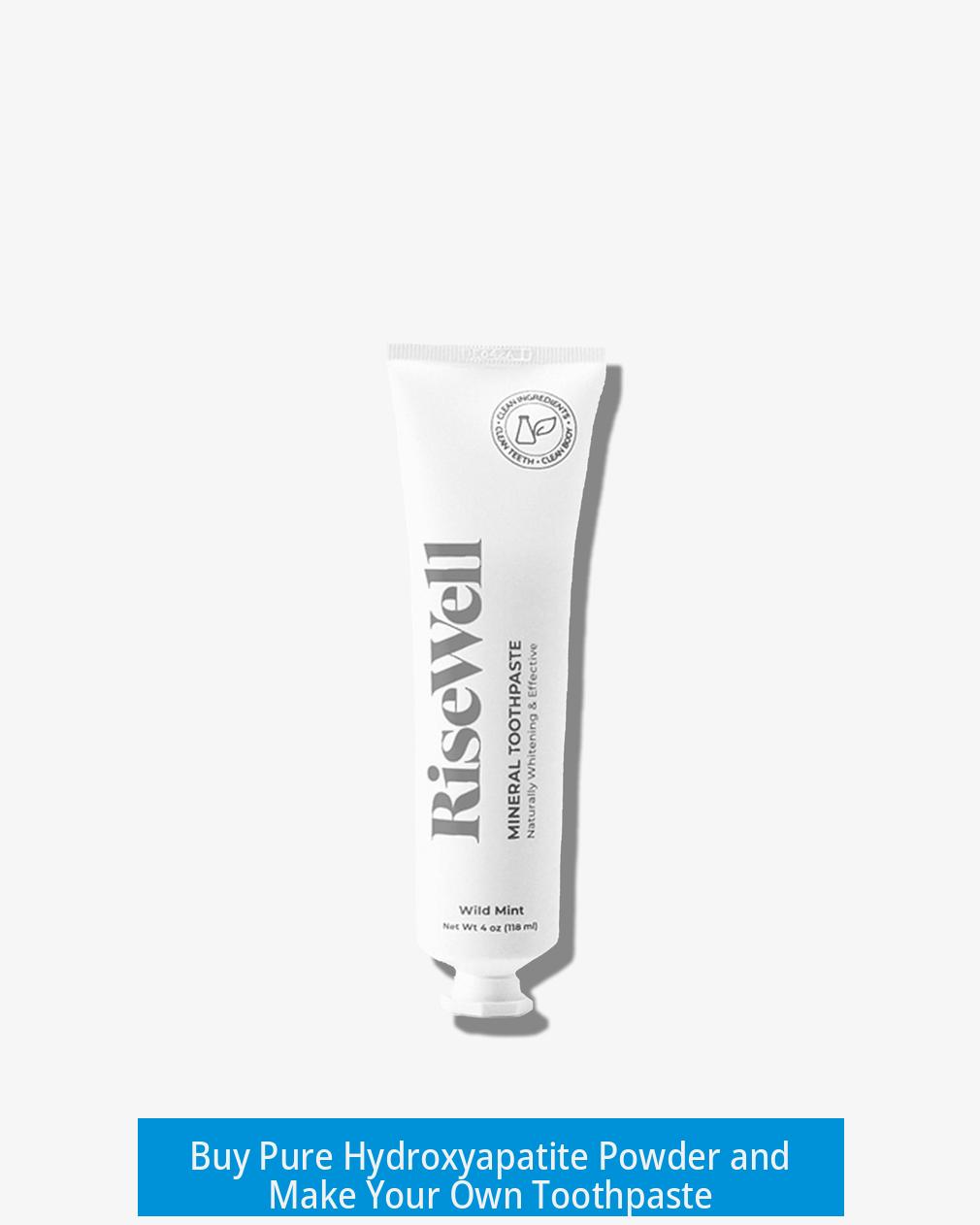

Leave a Comment